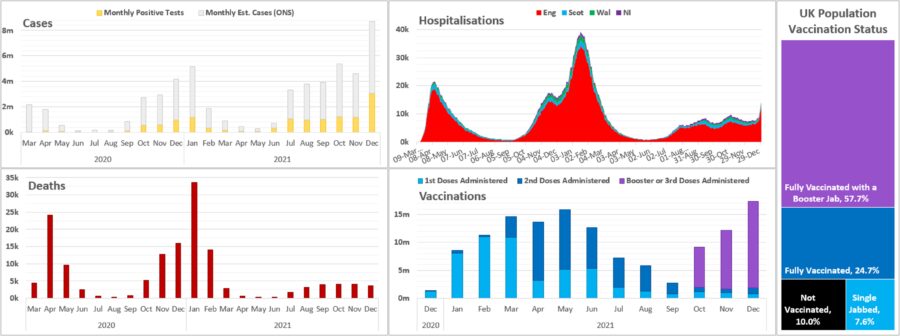
In this post I would like to take a quick look at the project FETA, Fair Energy Transition for All.
Energy Transition
Energy transition refers to the move towards carbon neutral energy production, and the concept under discussion is how this transition process can be made as fair as possible for the largest number of people.
How could it not be fair? We might ask this question, but we might come up with some simple suggestions: the transition is going to cost money, tax money and consumer money, and this added expense is not going to be felt equally across the population (we are talking about Europe here). If a government adds a cost (to use a current example) to the price of electricity in order to fund wind generation, this extra cost represents a different percentage of disposable income for different groups. If you spend 2% of your income on electricity it might not be noticeable, but if you spend 20% then it certainly will.
The current crisis with energy costs has already demonstrated the fragility of a population that relies on power for heat and electricity in any form, and any transition tax applied a year ago will today both raise more money and put more strain on poorer households. And subsidies for insulating houses, buying new white goods or towards the cost of an electric car require outlay on the part of the consumer, which means that it excludes those without access to such funds. And that says nothing about the skills needed to navigate the bureaucracy
Adding charges to bills and subsidising energy efficient purchases is a top down approach though, decisions taken by governments and energy company bosses (my rather cynical interpretation coming out here), but this is a a problem that FETA aims to address.
Some thoughts from the website:
For the energy transition to take place, policy measures need to be put in place that will have an impact on housing, energy, transport and other aspects of our everyday lives. However, the impacts of climate policies, such as rising fuel taxes or the closure of coal mines, affect socially and economically disadvantaged groups the most. This leads to economic and social conflicts: many people feel alienated by climate change policies, which they perceive as elitist issues, and they feel that the elites are out of touch with their lives and are not aware of their interests.
For climate action to be successful, widespread public acceptance is needed. European and national policy-makers need to develop climate change policies that everyone can relate to and benefit from! Policy-makers should listen to those whose voices are being left out of the current debate and include them in the policy and communication process. That is the only way in which a fair energy transition can be achieved – for all!
All of which boils down into three main questions:
- How can the EU and its member states prevent climate policies from hitting the pockets of poorer households the hardest?
- How can policies be designed so that everyone has an equal opportunity to enjoy the benefits of the energy transition?
- How can the energy transition be combined with social justice?
To find answers, the project is conducting public participation events that involve 1000 participants in 90 focus groups spread across Europe, while the Bassetti Foundation (our funding partner) is working on policy proposals by running some expert workshops in Italy. The aim is to better understand the emotions, fears, views and needs of vulnerable people with regards to the energy transition and its current and potential impact on their living conditions, in order to provide input to national and European policy-makers, researchers and stakeholders to help them develop fair energy transition policies and enhance the communication with the target group.
The website offers more information and is well designed and really easy to follow.
Just down our street at Technology Bloggers we might say.



